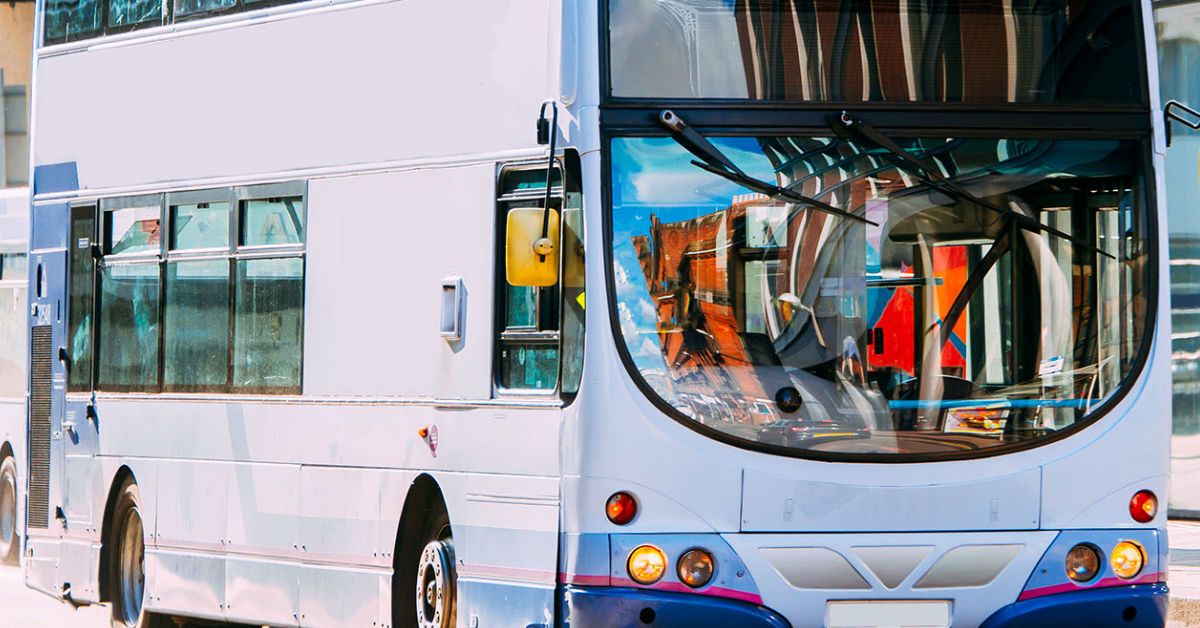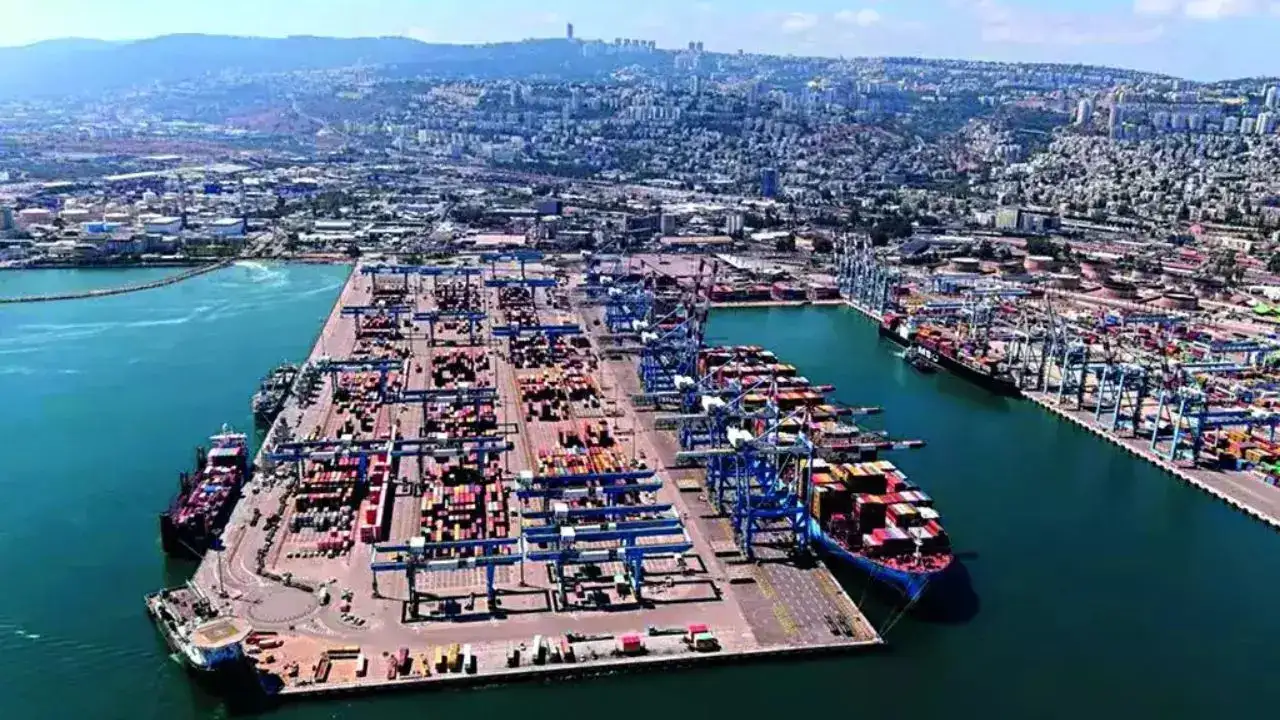By Manvi Vyas
Copyright deccanchronicle

HYDERABAD: Hyderabad’s traffic quality has worsened by 10 per cent in recent years, according to Ujjwal Trivedi, vice-president of MovinSync, an office commute solutions provider, highlighting the need to pay importance to the subject, at the Hyderabad Traffic Summit-2025, here on Friday. Trivedi, whose platform handles five lakh daily commutes, introduced the concept of a traffic quality index (TQI), similar to AQI, to objectively track improvements. He suggested technology-based nudges such as cars that do not start unless seatbelts are worn and real-time over speeding alerts. “We need technology for road safety. But despite everything else, we need to change the way people look at road safety,” he said. During a panel discussion on the concluding day of the two-day summit, organised by the Hyderabad police and Hyderabad City Security Council (HCSC), policymakers, experts and industry leaders discussed road safety challenges and solutions. An attendee asked why traffic police manage to penalise only 10 per cent of violators despite heavy enforcement, while countries such as Canada impose stricter penalties, including vehicle seizure. City police commissioner C.V. Anand replied: “It is almost impossible to press hefty challans like `3 lakh in a country like Canada as it would bring us nothing but the wrath of the public.” Transport expert Akhilesh Srivastava, who played a pivotal role in the FASTag rollout, noted that India has the highest road fatalities globally with 36 crore vehicles, including 24 crore two-wheelers. Nearly 80 per cent of accidents, he said, stemmed from behavioural factors such as speeding, drunk driving and non-use of helmets or seatbelts. “Awareness campaigns alone make a 6 per cent impact. We cannot wait decades for cultural change. Technology-driven interventions such as ADAS, collision alerts, and real-time monitoring can prevent crashes immediately,” he said. He cited safe driving score pilots, where drivers are financially rewarded for safe habits. “Adoption grew from 10,000 to 50,000 drivers, with 62 per cent sustaining safer behaviour. With India’s youth on WhatsApp and YouTube, we must use digital nudges to change behaviour quickly,” he added. Former IAS officer and Sarvejana Foundation chairman Dr B. Janardhana Reddy, speaking from personal experience, emphasised that “self-regulation is far more powerful than enforcement.” He pointed out that India recorded 4.8 lakh crashes and 1.7 lakh deaths in 2022, with two-thirds of victims aged 18-34. “At least 70,000 deaths could have been prevented if helmets and seatbelts were used,” he said, criticising Telangana’s low fine of ₹200 for helmet non-use compared to ₹1,000 elsewhere. Calling red-light jumping “equivalent to suicide bombing,” he said deterrence was weakened by periodic challan waivers. Instead, he urged massive youth engagement through school programmes, quizzes and volunteer drives. “We must target 15 lakh schools, one crore teachers and 32 crore children for behavioural transformation. Children can even correct their parents’ behaviour, as seen in other countries,” he said. Prof. Kavita Vemuri of IIIT Hyderabad highlighted risks from two-wheeler riding patterns and poor road design. “Two-wheeler riders use path optimisation, squeezing through every available gap, which increases risk. Many young victims survive with spinal injuries, cognitive issues or permanent disability,” she said.



